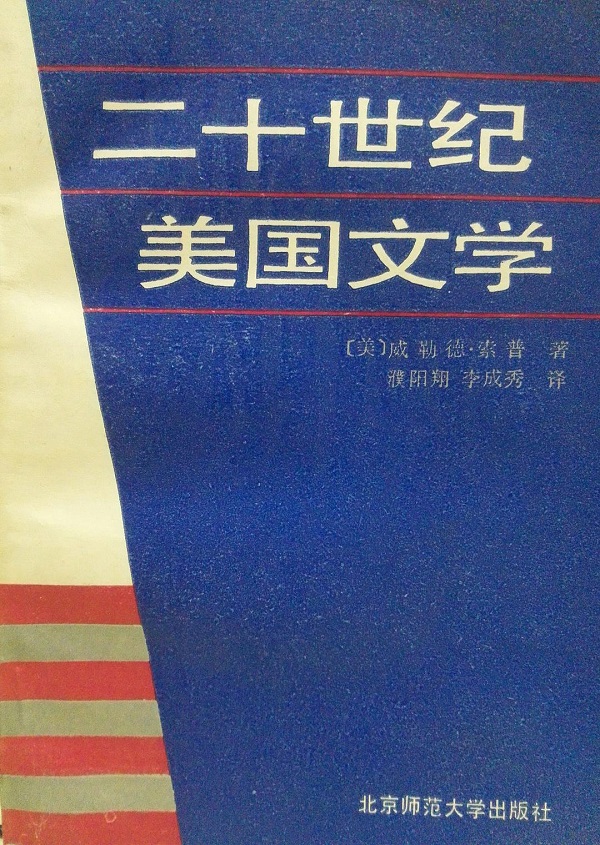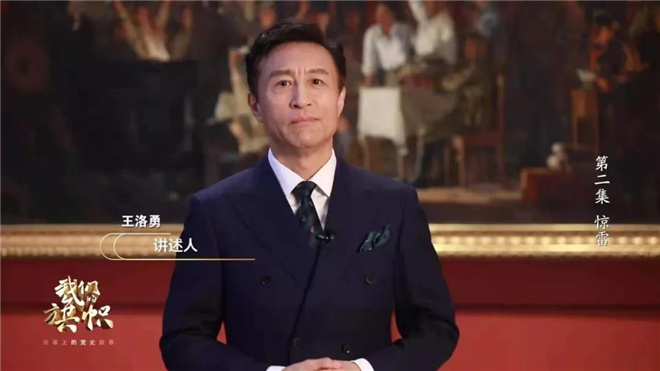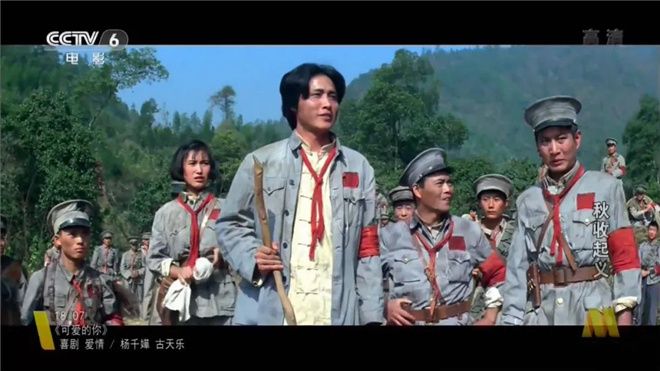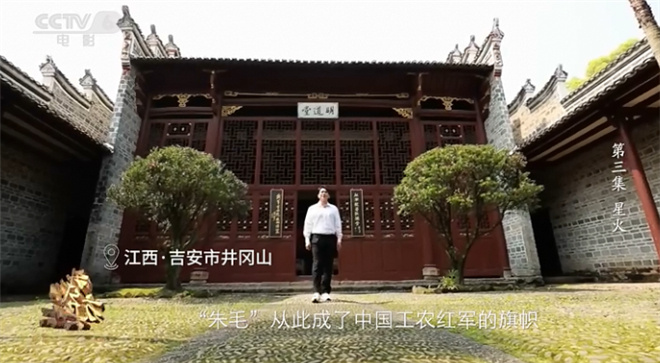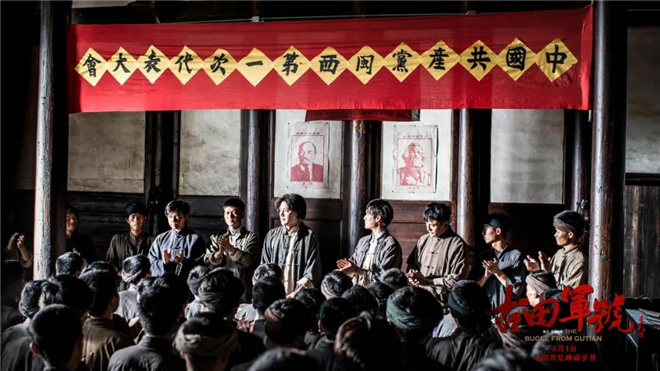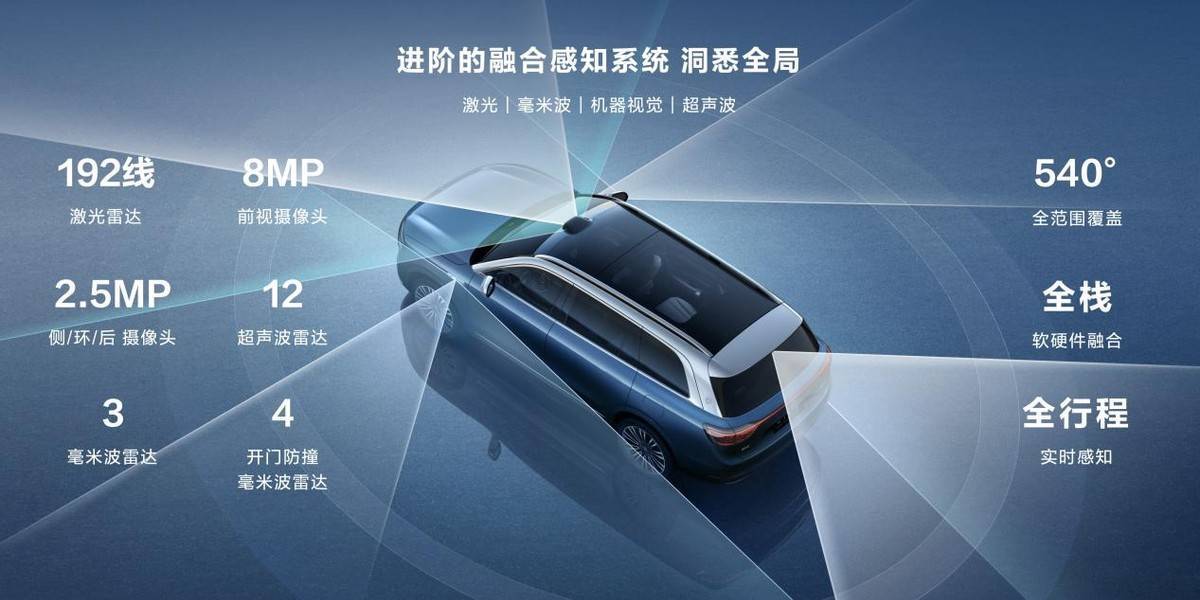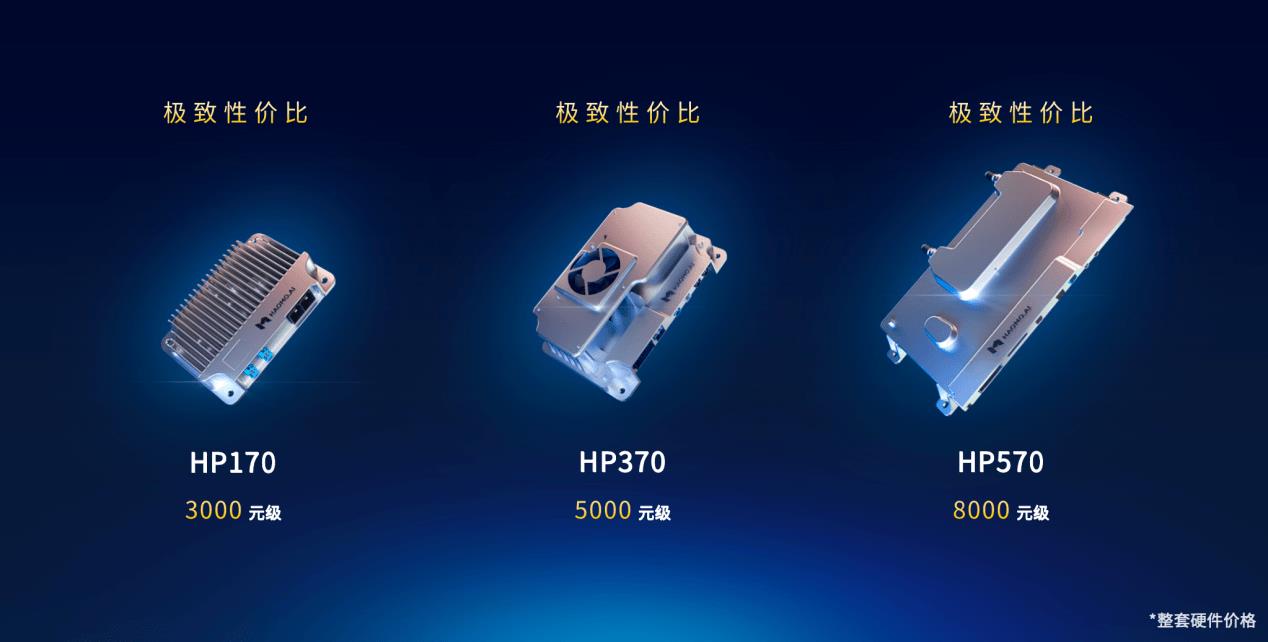Guo Yu Han [2011] No.7
Language committees of all provinces, autonomous regions and municipalities directly under the Central Government, language committees of Xinjiang Production and Construction Corps, language committees of relevant provinces and autonomous regions, relevant institutions of higher learning and relevant scientific research units:
With the approval of the Leading Group for Scientific Research Planning of the State Language Commission, the Twelfth Five-Year Scientific Research Plan of the State Language Commission and the 2011 Annual Project Guide of the Twelfth Five-Year Scientific Research Plan of the State Language Commission (hereinafter referred to as the Project Guide) are hereby printed and distributed to you, and the relevant matters concerning the application are notified as follows:
First, the application project should focus on the needs of the country’s medium and long-term language reform and development, focus on overall, strategic and forward-looking theoretical and practical problems, accurately grasp the characteristics of the times, enhance pertinence and effectiveness, effectively solve practical problems in language life, and pay attention to social benefits and application value.
Two, the name of the major project is the research topic, and the applicant shall not propose, expand and narrow the scope of research at will. Applicants for key projects and general projects can refer to the research fields proposed in the Project Guide and draw up their own project names. The funding standard for major projects this year is 200,000-300,000 yuan, the funding standard for key projects is 80,000-150,000 yuan, and the funding standard for general projects is 50,000-80,000 yuan. Set up self-financing projects.
Three, the project management in accordance with the "State Language Committee scientific research project management measures". This year’s project is required to be completed in 1-3 years. Project extension or adjustment personnel must be approved by the Office of the Leading Group for Scientific Research Planning of the State Language Committee.
Four, the project applicant through the network to declare, and at the same time fill in the "national language research project application" two copies. Major projects are subject to tender. After the initial evaluation on the Internet, you will wait for the notice to attend the on-site defense in Beijing. If you don’t attend the defense, you will be deemed to have given up. Other projects implement the initial evaluation of peer expert network and the centralized re-evaluation of expert meetings. The initial evaluation is anonymous. Re-evaluation focuses on the previous research foundation and research ability.
Five, the person in charge of the project can only declare one project in the same year. In principle, the person in charge of the project of the State Language Committee under study shall not declare new projects. It is not supported that researchers who have more than two projects under research from other sources declare the planned projects of the State Language Committee again. The completion of the above-mentioned projects shall be based on the time indicated in the completion certificate, and a copy of the completion certificate shall be provided.
Six, the project applicant shall truthfully fill in the application materials, and ensure that there is no intellectual property dispute. Anyone who practices fraud, once discovered and verified, will be disqualified from reporting for three years. If the project has been approved, all items will be withdrawn, and the management responsibility of the applicant’s unit will be investigated.
Seven, the State Language Committee scientific research projects to implement the credit management system. The project undertaker should fulfill its promise and ensure its credibility. The person in charge of the approved project shall abide by the provisions, fulfill the agreed obligations and complete the research task on schedule during the project implementation. If there is a bad credit record, the project leader shall not apply for a new project within 3 years.
Eight, the project review adhere to fairness and justice, where the declaration of the project experts must avoid the project review. Quality is the first in project evaluation, and quality is better than quantity. The results of expert review shall be reported to the Office of the Leading Group for Scientific Research Planning of the State Language Committee, publicized after examination and approval, and issued a notice of project establishment and allocated project funds after no objection.
9. All materials required for project application can be downloaded from the Scientific Research Network of the State Language Committee (website: http://www.ywky.org). Paper materials in duplicate shall be submitted to the office of the leading group for scientific research planning of the State Language Committee by the scientific research management department of the unit where they belong after being examined and sealed by the unit. To ensure the consistency of electronic declaration data and paper declaration data.
Ten, this year’s project acceptance declaration time from April 15th, 2011 to May 31st, overdue will not be accepted. Office of the Leading Group for Scientific Research Planning of the State Language Commission Tel: 010-66096726; Postal code: 100816; Mailing address: Planning Coordination Office, Language Information Management Department, Ministry of Education, No.35 Damucang Hutong, Xidan, Beijing.
Eleven, this notice will be published on the website of the Ministry of Education, China language network.
Attachment: 1. The 12th Five-Year Scientific Research Plan of the State Language Commission.
2. National Language Committee’s "Twelfth Five-Year Plan" 2011 Project Guide
3. Measures for the Administration of Scientific Research Projects of the State Language Commission (revised in 2011)
State Language Commission
April 2011
Attachment 1:
The 12th Five-Year Scientific Research Plan of the State Language Commission
This plan is formulated according to the spirit of the Outline of the Medium-and Long-term Reform and Development Plan for the National Language and Literature Industry (2010-2020) and the needs of the current development of the language and literature industry.
I. Review of Scientific Research Work of the State Language Committee in the Eleventh Five-Year Plan
During the 11th Five-Year Plan period, under the guidance of Deng Xiaoping Theory and Theory of Three Represents, the State Language Committee thoroughly implemented Scientific Outlook on Development, followed the pace of the times and paid attention to the social language life, and completed more than 170 research projects on language and writing, which achieved fruitful results.
(A) the national language strategy research has made new strides.The research plan of language development strategy has been formulated, and research institutions such as China Language Strategy Research Center, Overseas Chinese Research Center and China Foreign Language Strategy Research Center have been established to conduct research on major language issues in time, which has provided strong scientific support for the formulation of national language strategy and language policy.
(2) New progress has been made in the standardization of language and writing.Completed the development of "Standard Chinese Character List" and publicly solicited opinions. Nearly 20 language standards have been published, which have played an important role in social language life. A number of guiding norms have been issued in the form of "China Green Book on Language Life". The formulation of international standards for Chinese characters and minority languages has been further strengthened.
(C) The language proficiency evaluation system is taking shape.The computer-aided Putonghua proficiency test was further promoted, and the standards for the application level test of Chinese characters were formulated and published, and the application level test of Chinese characters was started. The evaluation system of the national common language application ability is being established to meet the needs of the national common language education and the labor access system of various industries.
(4) Significant progress has been made in the construction of basic language and writing projects.Carry out the pilot work of building an audio database of Chinese language resources and explore effective ways to preserve and develop language resources. Construction of dynamic circulation corpora such as print media language, audio media language and network media language, as well as corpus of educational materials. The informationization of government affairs in the language and writing work system has achieved initial results.
(5) The guidance of social language life has become a new bright spot.The National Language Resources Monitoring and Research Center and the Language Public Opinion Research Center have been established to monitor, analyze and study new language phenomena and hot issues in language life in a timely manner. From 2006 to 2010, the Report on Language Life in China was published for five consecutive years, which guided the social language life and played a positive role in the harmony of social language life.
(six) to provide research results for promoting Chinese to the world.Studying the language situation of the Chinese community in the world, studying the characteristics of teaching Chinese as a second language, and strengthening the formulation of language and writing standards and the construction of teaching materials for the international spread of Chinese. The Global Chinese Dictionary was compiled and published, which promoted the communication of Chinese at home and abroad and the international spread of Chinese.
(seven) the standardization and informatization of national languages have been solidly promoted.Actively carry out the construction of standards and resource libraries for minority languages, strengthen the standardization of minority language terms, and complete more than 100 standardization and informatization projects for minority languages. The database of minority languages and characters has been started.
(VIII) The discipline construction of applied linguistics was further strengthened.We supported the establishment of a master’s degree program, a doctoral degree program and a key laboratory of computational linguistics, which are urgently needed by the society, and held a series of academic conferences on the application of language and writing in China. Research on language planning, language teaching, computational linguistics and legal linguistics, which are urgently needed by society, has been carried out. The research team of applied linguistics is constantly growing.
Second, the situation faced by the State Language Committee in the "Twelfth Five-Year Plan" scientific research
At present, China is in a critical period of reform and development. With the deepening of economic globalization and the rapid development of science and technology, the competition of comprehensive national strength is developing in an unprecedented depth and breadth.
The impact of globalization is far-reaching. With the development of economic globalization and the great migration and mobility of population, there are more and more communication problems, various contradictions in language life are prominent, and the trend of language conflict is becoming more and more obvious. In recent years, all the major countries in the world are stepping up the formulation of their own language strategies, improving their language ability in handling various domestic and foreign affairs, using language to safeguard national information and cultural security, resolving social contradictions at home, rallying people’s hearts, promoting harmony, and spreading national culture and ideas abroad.
The development of informatization is changing with each passing day. The rapid development of modern information technologies such as Internet of Things and cloud computing is having an important impact on the world. Language is an important carrier of information, and the development of informatization makes language enter the virtual space, forming a virtual language life; Strengthen the basic research of language and characters and the application research based on information processing, strengthen the construction of language and characters standards for information processing, form the core technology of Chinese information processing with independent intellectual property rights as soon as possible, enhance the influence of Chinese language in the virtual world, and accelerate the process of national informatization.
Language life has developed rapidly and become more colorful. The ways that society needs to provide language services are increasing day by day, new language occupations are constantly forming, the language industry is developing rapidly, and the concept of language resources has become a consensus. The social demand for foreign languages is getting stronger and stronger, and foreign language planning is put on the agenda. The pace of Chinese going to the world is getting faster and faster, and striving for the right to speak internationally is becoming a national consciousness. Language and writing are closely related to national security, and information security has attracted increasing attention. The transformation from a big country with human resources to a powerful country with great cultural prosperity and development has put forward new requirements for the cause of language and writing, the ability of national language application and the scientific research of language and writing.
At present, the research of language and writing science is not fully adapted to the requirements of the development of language and writing in China. The concrete manifestations are as follows: 1. The scientific research of language and characters needs to be improved urgently in terms of the renewal of ideas and the modernization level of research methods. 2. The supporting role for language and writing needs to be further strengthened. 3. Pay insufficient attention to the hot issues of language and writing society in time, absorb and transform the achievements of basic research less, relevant scientific research achievements fail to produce social benefits in time, and "Industry-University-Research’s use" is not well combined. 4. Discipline status and personnel training need to be further strengthened.
Linguistic science research should seize the important strategic opportunity period of the Twelfth Five-Year Plan, stand at the forefront of social development, especially the development of information technology, pay attention to social language life, pay attention to major issues sensitive to the times, and make breakthrough progress.
Iii. The guiding ideology, main objectives and key research directions of the language and writing science research of the State Language Commission during the Twelfth Five-Year Plan period.
(A) the guiding ideology
Under the guidance of Deng Xiaoping Theory, Theory of Three Represents and Scientific Outlook on Development, we will thoroughly implement the Law of People’s Republic of China (PRC) on National Common Languages and Characters, implement the Outline of the Medium-and Long-term Reform and Development Plan for National Languages and Characters (2010-2020), aim at fully serving the development of national languages and characters, focus on the standardization, standardization and informatization of languages and characters, pay attention to the hot spots of social language life based on the construction of scientific research bases and language projects, emancipate our minds, and reform and innovate.
(II) Main objectives
Further improve the research level of language and writing science, and provide scientific basis and academic support for the country to adjust the language and writing principles and policies, formulate norms and standards, improve the level of social application management, and enhance the national language application ability. Pay attention to social language life, grasp the national conditions of language, actively serve the language needs of various fields and regions, and guide the harmonious development of social language life.
(III) Key research directions
1. Language strategy, language planning and language policy research.
Language strategy is an integral part of national development strategy. Since the beginning of the new century, many countries have been formulating and implementing language policies, language bills and language projects directly related to national language ability, and examining language issues from the strategic height of national security and global competitiveness in the era of globalization. China is a unified multi-ethnic country with many languages and languages, rich language resources and complicated language life. It is of great significance to do a good job in language planning and language strategy research and deal with language problems, so as to safeguard national unity and promote national unity and social harmony. It is necessary to study the basic strategy of language and writing work in China, the relationship between domestic languages, the role of language and writing in national identity, national identity and cultural identity, the related problems of cross-border language and writing, the language life of Chinese and overseas Chinese in Hong Kong, Macau, Taiwan Province, the language strategies and policies of different countries, the living conditions and experiences of foreign languages, etc., and put forward scientific plans to deal with major language problems.
2. Construction of language and writing standards
We will strengthen the standardization of national common spoken and written languages and minority languages, study the strategy of standardization of spoken and written languages, speed up the formulation and improvement of basic standards of national common spoken and written languages and minority languages, standards of application ability and evaluation and certification, standards of Braille and sign language, standards of Chinese international education, and standards for the use of foreign spoken and written languages, and focus on building urgently needed standards in the fields of education, information processing, press and publication, lexicography, radio, film and television, and public services. Strengthen the standardization of geographical names and technical terms. Actively formulate international standards for China’s spoken and written languages. Develop a standard survey and authentication system for language and characters.
3. Research on Language Life and Language Management
Strengthen the research on the national conditions of language, the use of language in new media, the monitoring and research on the dynamic use of language, and the research on language public opinion to promote the healthy development of language life.
Carry out research on the system and mechanism of legal management of social language application, Putonghua promotion strategy and foreign language use management. Promote the informationization and intelligence of Putonghua proficiency test, Chinese character application level test and their management. Carry out research on the professional access mechanism of Putonghua level and Chinese character application level. Conduct a survey on the use of sign language and Braille, and establish a dynamic monitoring system.
A study on the social popularization strategy of language science. Construction of language application consulting service platform. Construction of language policies and regulations query service system, language specification standard application service system, language training and testing system.
4. Language education and language ability research
The application ability of language plays a fundamental role in people’s growth and all-round development. Strengthen research on mother tongue education, bilingual education in ethnic minority areas, international Chinese education, language acquisition for hearing and vision disabled people. Study the evaluation criteria and means of national language application ability to improve national language application ability. Study the role of language and writing work in promoting Chinese excellent culture and establishing a common spiritual home for the Chinese nation.
5. Research on language resource construction and Chinese information processing.
Chinese information processing is an important content in the frontier technology of intelligent perception. Research on Chinese information processing combined with the Internet, do a good job in the basic construction of language resources, and improve the integration ability of processing platforms. We will promote semantic processing technology, focus on the Internet-oriented Chinese semantic analysis system, and improve the overall utilization ability of Internet information in China.
We will tackle key problems in Chinese information processing, enhance the independent innovation ability of Chinese information technology and products, form a number of core technologies of Chinese information processing with independent intellectual property rights and international standards of Chinese information processing technology, standardize and promote Chinese computer input methods, strengthen the construction of computer fonts, and serve the development of Chinese information industry and the national informatization strategy.
Strengthen the basic engineering construction of information processing-oriented language and writing, and build the knowledge base, corpus and resource base of national language and writing. Build an audio database of Chinese language resources and a large-scale corpus of traditional common minority languages. Attach importance to the development and utilization of language resources and provide services to the society.
(4) Guarantee mechanism
Establish a scientific research base system of the State Language Committee. Taking the base as a platform, we will carry out scientific research on language and writing around major national language issues, hot and difficult issues in language life and the construction of language and writing standards. Promote the combination of basic research and applied research, and encourage interdisciplinary, cross-disciplinary, cross-regional and cross-national research. Give full play to the role of universities, research institutes, academic groups and local language committees.
Strengthen the discipline construction of applied linguistics. Improve the status and academic influence of applied linguistics, and form a relatively complete subject system and education system of applied linguistics. Cultivate and bring up compound and interdisciplinary applied linguistic talents with modern academic vision and innovative consciousness, and strive to promote the modernization of linguistic research methods and means.
Attachment 2:
The 12th Five-Year Scientific Research Plan of the State Language Commission
2011 Project Guide
I. Language strategy research, language planning and language policy research
1. Research on national language laws and regulations system.
2. Comparative study of language management systems in different countries.
3. Research on Putonghua promotion to meet the development needs in the new period.
4. Problems and countermeasures in the popularization and application of Chinese Pinyin.
5. Research on the strategy of improving national language ability.
6. Investigation on the use of national common language in ethnic minority areas (key projects)
7. Research on the development strategy of language economy and language industry.
8. Research on the development strategy of Chinese information processing
9. Investigation and Research on Cross-border Languages in China (Major Project)
Second, research on the construction of language and writing standards
1. Audition of Putonghua in the New Century (major project)
2. Development of language and writing standards for Chinese education.
3 Development of Chinese Character Font Specification (Entrusted Project)
4. Research on standardizing the writing grade standard of Chinese characters.
5. Research on the application of intelligent voice technology in Putonghua proficiency test and learning of primary and secondary school students (commissioned project)
6. Development of language and writing standards for news publishing, dictionary compilation, radio, film and television.
7. Development of Chinese information processing-oriented language and writing standard.
8. Development of standards for minority languages and characters.
9. Development of the national standard of common sign language (major project)
10. Revision of the National General Braille Standard (major project)
11. Development of relevant standards for the use of foreign languages in China (key project)
12. Research on international standards of China language and writing.
13. Construction of Audio Database of Chinese Language Resources-Questionnaire and survey specification for minority languages (commissioned project)
Third, language life and its management research
1. Study on the use and standardization of loanwords, lettered words and neologisms.
2. Research on Language Life in public opinion monitoring (key project)
3. Research on the language problems and countermeasures in the process of urbanization in China.
4. Research on the problems and countermeasures of language application under the network environment.
5. Research on the problems and countermeasures of language application in modern information technology products such as mobile phones, electronic paper books and so on.
6. Problems and countermeasures in the application of spoken and written languages in different fields, occupations and groups.
7. Research on Radio and Television Language (Key Project)
8. Investigation on the use of sign language and Braille (commissioned project)
Investigation and study on the network language life of ethnic minorities in China
10. Study on Chinese Life in Hong Kong and Macao
11. Research on Chinese life in Taiwan Province (standard status of language and writing)
12. Survey on Overseas Chinese Use (Entrusted Project)
Fourth, language education and language ability research
1. Research on improving the national language application ability (key project)
2. Research on the standard and evaluation system of national language and writing ability (major project)
3. Research on language education in preschool and basic education.
4. Research on the quality of college students’ mother tongue and its improvement
5. Research on Putonghua proficiency test system (commissioned project)
6. Research on the national common language training materials for minority teachers.
7. Research on the standard and evaluation system of national common language application ability of minority students (key project)
8. Chinese classic reading education and Chinese quality, Chinese education and promotion of Chinese excellent traditional culture related research (major projects)
9. Research on Digitalization of Language Education
10. Investigation on the current situation of language teaching software in the field of basic education (commissioned project)
V. Research on Language Information Processing
1. Development of "Administrative Measures on Language Use of Information Technology Products" (key project)
2. Construction of testing and certification system for compliance of language and writing standards (major project)
3. Technical research on the construction and monitoring of national language resources (key projects)
4. Research on content processing and information mining in Chinese information processing.
5. Semantic research for information processing.
6. Development of Chinese text conversion system (key project)
7. Research on evaluation standard of Chinese character input method
8. Corpus construction of bilingual education materials in minority areas (commissioned project)
9. Research on the application strategy of language resources integration based on cloud computing platform.
Attachment 3:
Measures of the State Language Committee for the Administration of Scientific Research Projects
(Revised in 2011)
Chapter I General Principles
Article 1 These Measures are formulated in order to thoroughly implement the Law of People’s Republic of China (PRC) on National Common Languages and Characters, strengthen the management of applied research projects of languages and characters initiated by state language commission (hereinafter referred to as the State Language Committee), and improve the research quality of the projects.
Article 2 The leading group for scientific research planning of the State Language Commission is responsible for planning and deploying scientific research on the application of spoken and written languages throughout the country. The Office of the Leading Group for Scientific Research Planning of the State Language Commission (hereinafter referred to as the Scientific Research Office of the State Language Commission) is responsible for formulating project management measures and implementation rules, organizing project declaration and evaluation, arranging mid-term inspection and acceptance of projects, and identifying the results of major and key projects.
Chapter II Project Category and Project Declaration
Article 3 The scientific research projects of the State Language Commission are mainly collected by ordinary universities, research institutes and the Language Commission system. Project categories mainly include: major projects, key projects, general projects, self-funded projects, entrusted projects, etc.
Article 4 Conditions for project application:
1. The project applicant must have good political literacy and the ability to independently carry out and organize scientific research work, be in good health, be the actual host of the project and undertake substantive research work.
2. Applicants can only declare one project at a time. Applicants for major projects and key projects should generally have full and senior professional and technical positions, and the age is generally not more than 55 years old. Those who have undertaken major projects of the State Language Committee and have not yet completed them may not declare new projects; Projects or subprojects that have been approved shall not be declared repeatedly.
3. In principle, a research group should be formed to declare. Encourage interdisciplinary, cross-school, cross-regional and cross-system organizations to organize superior scientific research forces and carry out substantive cooperative research.
4. The applicant’s unit actively supports and promises to provide good research conditions.
Chapter III Project Evaluation and Project Establishment
Article 5 The Scientific Research Office of the State Language Commission shall be responsible for the qualification examination of the application materials, and organize communication review, meeting review and public bidding according to different situations.
1. The communication review shall be conducted anonymously. The evaluation experts shall independently evaluate the declared project, put forward suggestions on whether to establish the project and briefly explain the reasons.
2. The meeting review shall be conducted in public. After full evaluation, the expert review group will vote by secret ballot, and the declared project can be established only after more than two-thirds of the votes are passed.
3. Open bidding is applicable to major projects. The Scientific Research Office of the State Language Committee organizes relevant experts to conduct bid evaluation, and determines the winning bidder by secret ballot.
According to the special needs of the work of the State Language Committee, individual projects are established separately by entrustment.
Article 6 The principle of fair competition and merit-based funding shall be implemented in project evaluation. The basic criteria for project review are:
1. The subject has important academic value, theoretical significance or practical significance.
2. The subject is academic frontier, and it is expected to produce innovative and social impact research results. Encourage targeted applied research projects, and encourage emerging frontier research and interdisciplinary cross-disciplinary comprehensive research projects.
3. The research direction of the subject is correct, the content is substantial, the demonstration is sufficient, the key and difficult points to be broken are clear, the research ideas are clear, and the research methods are scientific and feasible.
4. The project applicant and the members of the research group have a certain research foundation for the declared project; Have relevant research results and data preparation; Have the time and conditions necessary to complete the research work.
5. The application funds and budget arrangements are reasonable.
Article 7 The results of expert review shall be reported to the Office of the Leading Group for Scientific Research Planning of the State Language Committee, publicized after examination and approval, and issued a notice of project establishment and allocated project funds after no objection.
Chapter IV Project Process Management
Article 8 The project undertaker shall organize a research group to carry out research work according to the project design requirements in the project application (including research content, research methods, completion period and achievement form, etc.) and the examination and approval opinions of the Scientific Research Office of the State Language Committee. The project design shall not be changed without authorization; If it is really necessary to change, it shall be reviewed and signed by the unit where the project leader works, and then reported to the Scientific Research Office of the State Language Committee for examination and approval.
Article 9 The project undertaker shall report the project research progress and the use of scientific research funds to the Scientific Research Office in a timely manner according to the requirements of annual inspection (an interim report is required for projects completed within one year), and explain how to complete the follow-up work on schedule. In case of important problems and accidents during the project, it is necessary to report them in time. The Scientific Research Office of the State Language Commission shall supervise and inspect the project and put forward opinions or suggestions on the research and management of the project.
Article 10 The project undertaker shall strengthen the management and coordination of the project, incorporate the undertaken project into the scientific research plan of the unit, and give active support in human, financial and material aspects. The research work implements the project director responsibility system, and the self-management of the project should be strengthened to ensure the quality and quantity of the research task to be completed on time.
Eleventh scientific research projects whose achievements are in the form of language and writing standards of the State Language Committee shall be implemented in accordance with the Measures for the Administration of Language and Writing Standards (Standards) in state language commission.
Chapter V Fund Management
Twelfth the use of project funds must comply with the provisions of the relevant national financial regulations and systems, in strict accordance with the measures for the management of funds.
Article 13 The account filled in the receipt must be the account of the unit where the project leader works, which shall be filled in by the financial department. The use of project funds by the project team must be audited by the scientific research management department of the unit and accepted by the financial management department. If the account changes, it shall promptly notify the Scientific Research Office of the State Language Committee in writing.
Article 14 Expenditure scope of project funds
1. Equipment and consumables expenses: expenses for purchasing equipment and consumables needed for project research;
2. Data fee: used to purchase books, data and other expenses needed for project research;
3. Meeting expenses: used for meeting expenses incurred in holding project seminars, symposiums and appraisal meetings;
4. Travel expenses: used for travel, research and other expenses incurred by the project research institute;
5. Labor costs: including labor costs and expert approval fees for project research;
6. Management fee: no more than 5% of the annual scientific research funds, used for daily scientific research management;
7. Other expenditures: other related expenditures required by the project research but not included in the above items.
Fifteenth project funds to implement the "one-time approval, phased allocation" approach, generally at the beginning of the research work to allocate 60%, 30% after the inspection of the results of the stage, the remaining 10% after the completion of the project.
Sixteenth in any of the following circumstances, the next period of funds will be suspended; In serious cases, the Scientific Research Office of the State Language Committee has the right to terminate the contract, and the person in charge of the scientific research project shall bear the liability for breach of contract.
1 do not submit or submit a written report on the progress of the project and the use of scientific research funds on time;
2. Unauthorized diversion of project funds for other purposes;
3. After examination, the staged achievements of scientific research have not reached the predetermined requirements;
4. Failing to complete the development task within the prescribed time limit without justifiable reasons.
Chapter VI Project Acceptance and Achievement Transformation
Seventeenth after the completion of the project, it is necessary to carry out identification, acceptance and closing, and perform the necessary closing procedures.
1. The appraisal of the final results of general projects is organized by supporting units, and the appraisal experts are mainly composed of peer experts from other units; Only those who have passed the appraisal can apply for acceptance, and submit the appraisal certification materials signed by the appraisal experts to the State Language Research Office for the record.
2. The identification of the final results of major projects and key projects shall be organized by the Scientific Research Office of the State Language Commission.
3. To apply for a settlement, you must fill in the Application for Appraisal of the Settlement of Scientific Research Projects of the State Language Committee, provide the final appraisal certificate, the original results and the summary report of the results (including the electronic version), and submit it to the Scientific Research Office of the State Language Committee after the approval of the supporting unit.
4. The identification and validation of scientific research projects with the language and writing standards of the State Language Committee shall be carried out in accordance with the Measures for the Administration of Language and Writing Standards (Standards) of state language commission.
5. The Scientific Research Office of the State Language Commission will issue a certificate of completion to those who have passed the acceptance and confirmed that they can complete the project, allocate the rest of the project funds, and announce the acceptance of the project.
Eighteenth gradually establish a scientific and reasonable evaluation system of project results, pay attention to the quality of results, pay attention to the actual value.
1. The final results can be standard texts, papers, monographs, consulting reports, software, databases, patents, etc. In addition to the academic achievements themselves, the course construction, textbook compilation, dictionaries, popular science articles, academic reports, consulting services, their actual effects and social impacts, etc. carried out by the project leader and the members of the research group in combination with the project research, are included in the acceptance scope for comprehensive consideration. The evaluation of the achievements of major projects in the scientific research base of the State Language Committee should pay special attention to the situation of providing consulting services to the country and society.
2. The main contents of the project acceptance are: the person in charge of the project has completed the research task according to the project contract and task plan; The final result is consistent with the "final result form" approved at the time of project establishment, and there is no dispute over signature and intellectual property rights; The expenses are reasonable and legal. The final result must be marked with the words "Scientific Research Project of the State Language Committee" in a prominent position, otherwise it will not be recognized at the time of acceptance.
Nineteenth to establish a system of rewards and punishments for project achievements. For the projects whose achievements have been accepted as excellent, they shall be notified and praised as an important reference for the project owner to apply for the project next time; All projects whose results are unqualified after acceptance shall be removed, and the person in charge of the project shall not declare the scientific research projects of the State Language Committee within 3 years.
Twentieth strengthen the awareness of transformation of achievements, expand the channels of transformation of achievements, and give full play to the social benefits of project achievements.
1. When all kinds of projects are completed, a summary report of achievements of 3-5 thousand words shall be submitted at the same time, briefly describing the academic value, innovative content and social impact of this topic, and submitted to the Scientific Research Office of the State Language Commission after being audited by the supporting unit.
2. Encourage the transformation of project achievements into courses, teaching materials and teaching, so as to serve the cultivation of outstanding talents; Transforming to decision-making consultation to serve the scientific decision-making of the government and enterprises; Transforming into society and doing more scientific popularization work will serve to improve the standardization level of language and writing in the whole society and build a harmonious language life.
3. The project undertaker shall take active measures to support and fund the publication of outstanding achievements of the project, and actively do a good job in the publicity, promotion and application of the project achievements. Research reports, consultation reports and investigation reports with important application value shall be submitted to the Scientific Research Office of the State Language Commission before being submitted to the relevant departments.
Twenty-first project results are owned by the State Language Committee and the research group, and released and used in the name of the State Language Committee. The project undertaker has the right to use the achievements in scientific research and teaching and other rights granted by the State Language Committee.
Chapter VII Supplementary Provisions
Twenty-second these measures shall be implemented as of the date of promulgation, and the Measures for the Administration of Scientific Research Projects in state language commission issued in 2007 shall be abolished at the same time.
Article 23 The Scientific Research Office of the State Language Commission shall be responsible for the interpretation of these Measures.
